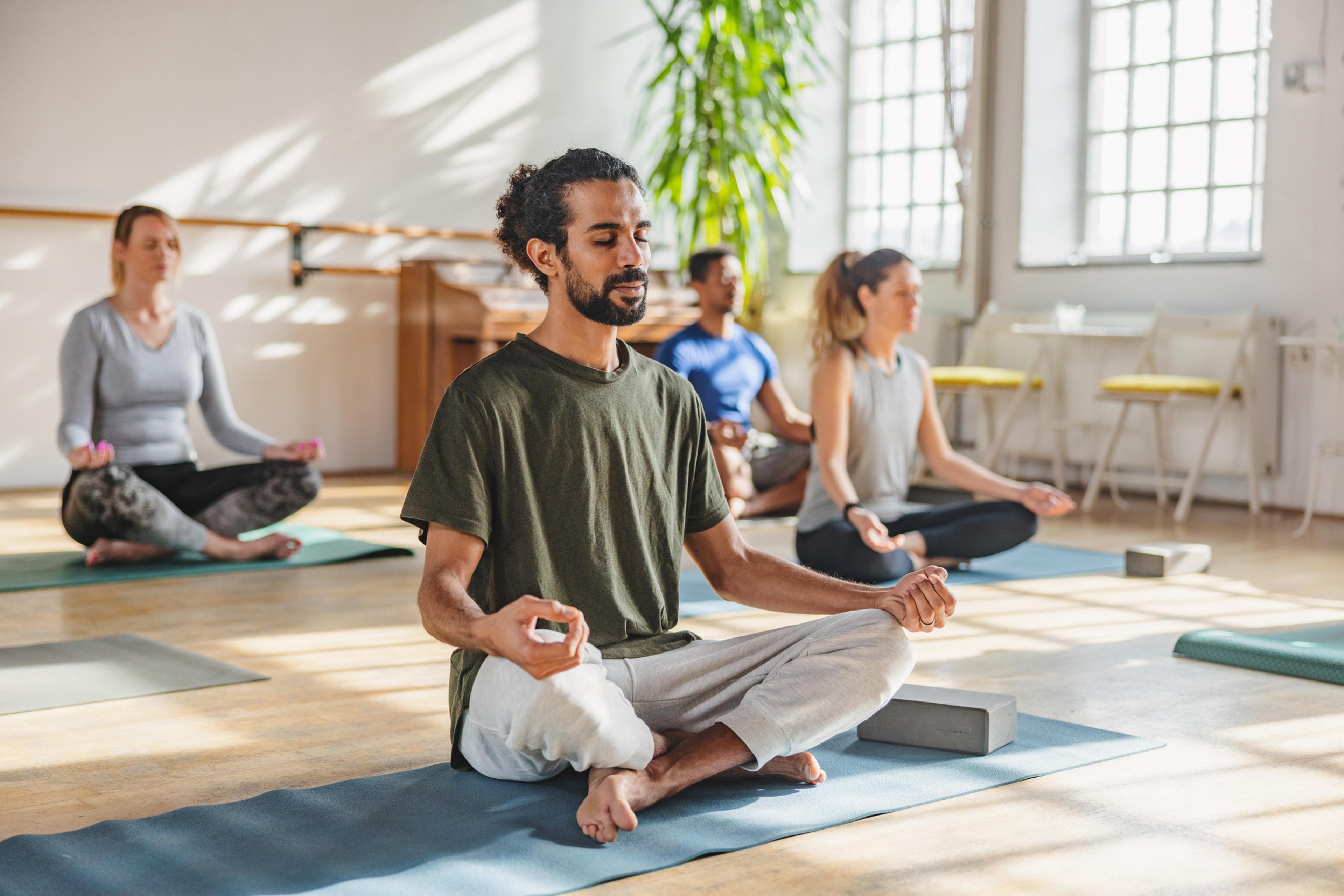Try Age-Old Rucking to Boost Your Modern Workout
Shandra Martinez
| 3 min read

Rucking is simply walking or hiking with a weighted backpack. It’s increased in popularity recently as a form of cardiovascular exercise, improving strength, stamina and endurance. This low-impact, scalable activity can provide a new challenge to your current walk or hike.
Rucking has military origins dating back to 700 B.C. when military units carried supplies or heavy loads over long distances. Benefits of rucking include increased calorie expenditure, bone density, confidence, mood and sleep quality.
To start rucking, grab a backpack, water bottle, a good pair of shoes — and maybe some friends.
• Grab a sturdy backpack and some weight. Choose a backpack that has chest straps and adjustable shoulder straps for a comfortable and secure fit. Add weight slowly (no more than 10% of your body weight). You can use a dumbbell, kettlebell, a bag of potting soil, rocks or water bottles. Keep the weight high and stable on your back, close to your spine. You can wrap the weights or add towels to your backpack for added comfort and cushion during your walk. Gradually increase the weight, pace, time and distance based on your ability.
• Wear the proper attire. Choose durable, high-quality performance socks to keep your feet dry and avoid sweating and blistering. Socks constructed from wool, nylon and polypropylene are best. Avoid cotton, which retains moisture. Choose an athletic shoe or hiking boot that provides good support for your ankles, knees, hips and back. Wear lightweight clothing made from breathable materials. Don’t forget the sunscreen, hat and sunglasses to protect your skin and eyes.
• Start slowly. It’s recommended to limit rucking to one to two days per week due to the muscular demands on the body. If you’re just starting out, begin with 15–30 minutes and gradually increase your time, pace and distance based on your ability and body’s response.
• Maintain good posture while rucking. Keep your head up and eyes looking ahead. Stand with your shoulders back, spine straight with a slight lean forward from the hips, keeping your core engaged and feet pointed straight ahead. Avoid jutting your head forward, slouching and bending from the waist, tucking hips under the body and walking with feet pointed outward.
• Find new locations. As you venture out on your ruck, vary the scenery and terrain, and look for new places to explore. Rucking can occur on a trail, in the mountains or your neighborhood.
• Find a local ruck club or walking group. Rucking is a social activity and provides opportunities to meet new people, build connections and engage in conversations with like-minded people.
Remember to pack water to stay hydrated and snacks for energy, especially as you lengthen your rucking adventures. Always check with your doctor before beginning any exercise program.
Learn more about rucking in this Blue Cross Virtual Well-Being℠ webinar, Learn to Ruck for Men’s Health Month. You can also sign up for future employer- or individual-focused webinars and guided meditations here.
Photo credit: Getty Images





